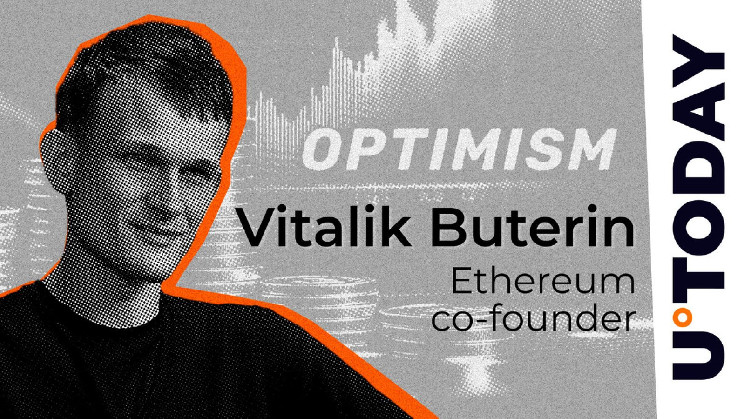Ethereum co-founder Vitalik Buterin recently highlighted a new update to Optimism’s SuperchainERC20 protocol. This feature includes a new cross-chain interface, which encourages better collaboration between Ethereum infrastructures.
Vitalik Buterin praises Optimism’s bold L2 plan
In a Friday X-post, Buterin highlighted a GitHub pull request update from Optimism, an Ethereum Layer-2 scaling solution. The update aims to refresh the SuperchainERC20 standard by introducing a new bridge, SuperchainERC20Bridge, and an ICrosschainERC20 interface.
This new redesign will improve Ethereum’s scalability and interoperability for many Layer-2 solutions. The proposal calls for moving SuperchainERC20 functions such as sendERC20 and relayERC20 to the recently created SuperchainERC20Bridge.
On the other hand, the ICrosschainERC20 interface is intended to manage the mint and burn functions more effectively. This update brings Optimism closer to realizing its vision of a “superchain” structure, where multiple blockchains work together seamlessly and efficiently.
Buterin praised the new development and praised the collaborative spirit among Ethereum’s infrastructure players. “I think people are losing sleep over the extent to which Ethereum infrastructure players are actually willing to work together and build a unified Ethereum ecosystem,” he said.
Other Optimism Upgrades
Optimism was launched in 2021 as an Ethereum Layer-2 scalability network and uses Optimistic Rollups. This technology enables faster and more efficient transfers while maintaining the security of the main blockchain.
Over the years, Optimism has become a valuable player in the Ethereum ecosystem, making a series of updates to improve the network. Last year, Optimism introduced the Bedrock update, which aims to overhaul the architecture of the network, increasing modularity, simplicity and performance.
Additionally, Optimism proposed smart contract upgrades and an L2 hard fork to address security vulnerabilities found during security audits. The smart contract upgrades address the discovered weaknesses, while the L2 hard fork improved the stability and performance of the fault-resistant system.
Many other protocols such as Coinbase’s Base have leveraged the OP tech stack, underscoring its critical role in the Ethereum ecosystem.

